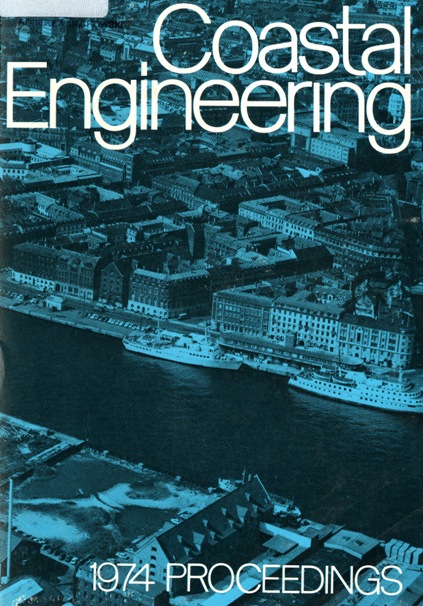Abstract
This study examines the drifting, spreading and aging of small slicks of crude oil in the middle St. Lawrence Estuary. This region was chosen because it is well documented with field measurements, hydraulic scale models, and mathematical models; and also because it is becoming a strategic area for the development of supertanker ports for 300,000 and possibly 500,000 ton tankers. Two controlled releases of Venezuelan crude (370 and 800 litres) were made in November 1972, as ice began to form in the St. Lawrence Estuary. The experiments were supported by the Canada Centre for Remote Sensing which carried out extensive airborne monitoring. The results indicate that it is impossible either to recover or to disperse small spills of oil in this region of strong tidal currents. Models also predict slick motion poorly. The alternative is to construct slick-drift roses that will indicate areas of expected beaching and assist in deployment of oil-spill clean-up technology.
Authors retain copyright and grant the Proceedings right of first publication with the work simultaneously licensed under a Creative Commons Attribution License that allows others to share the work with an acknowledgement of the work's authorship and initial publication in this Proceedings.

